After Green comet, India's Himalayan telescope spots 2nd one called Comet C/2020 V2 ZTF
Himalayan Chandra Telescope has spotted a second comet within just two weeks in 2023.
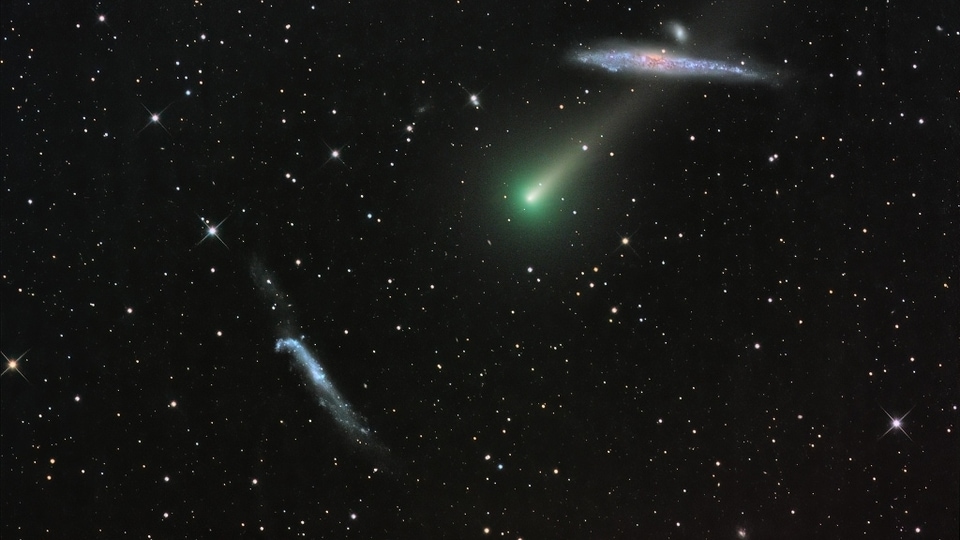
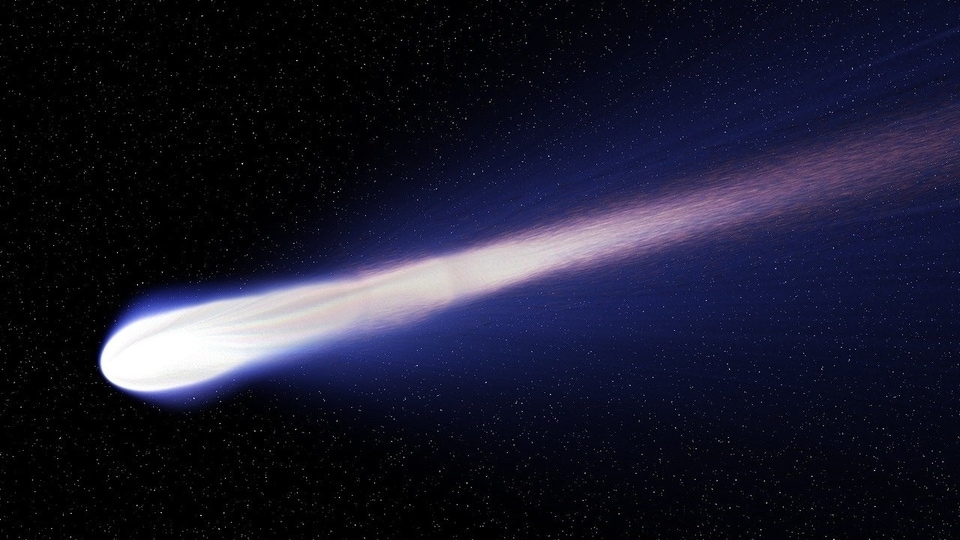
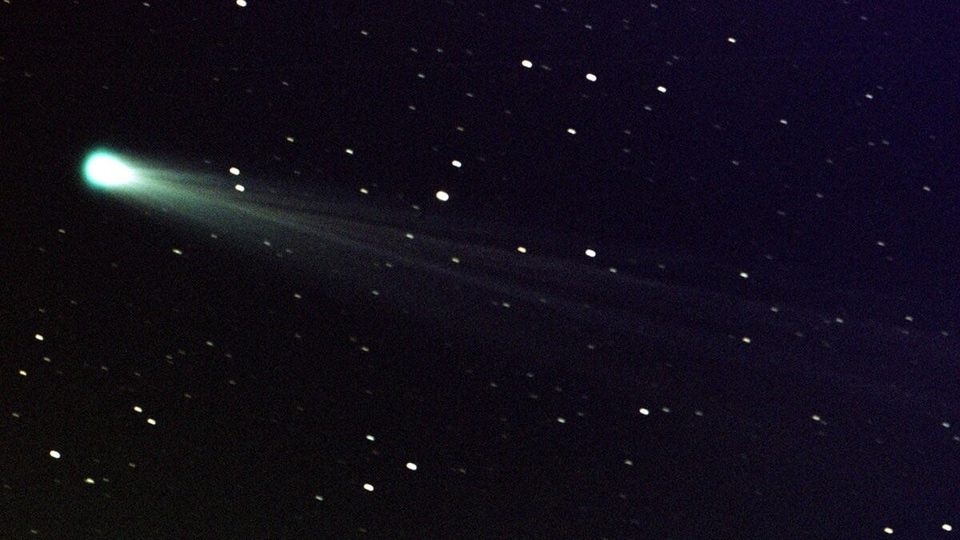
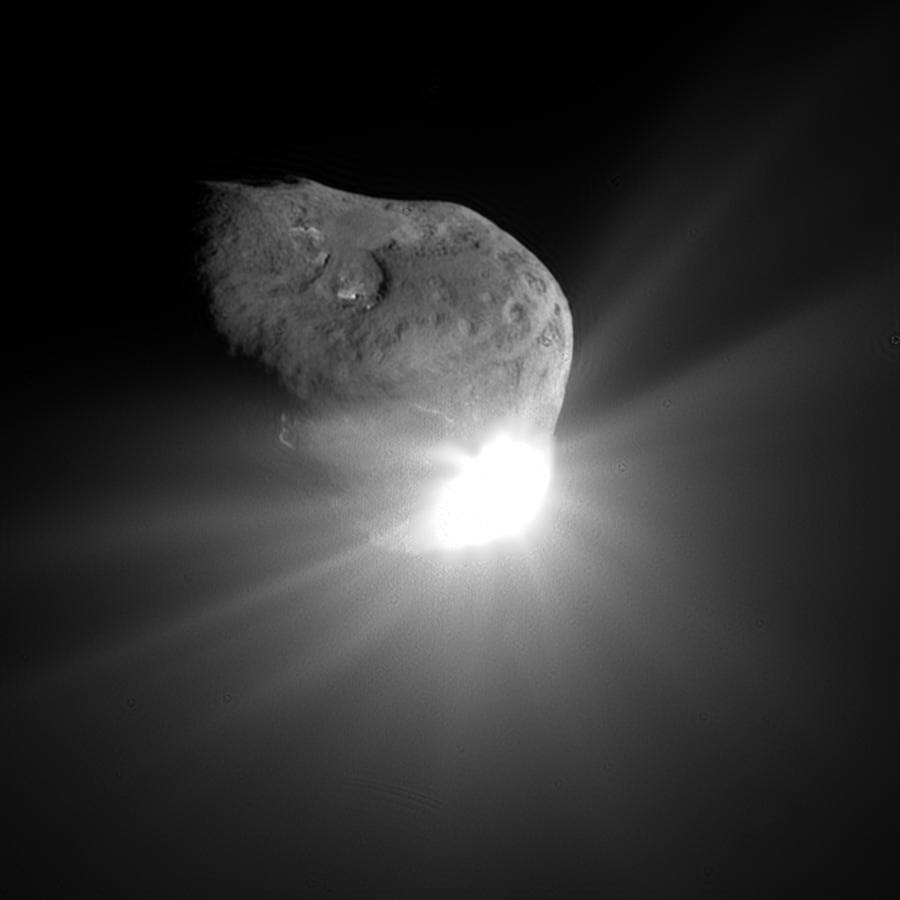
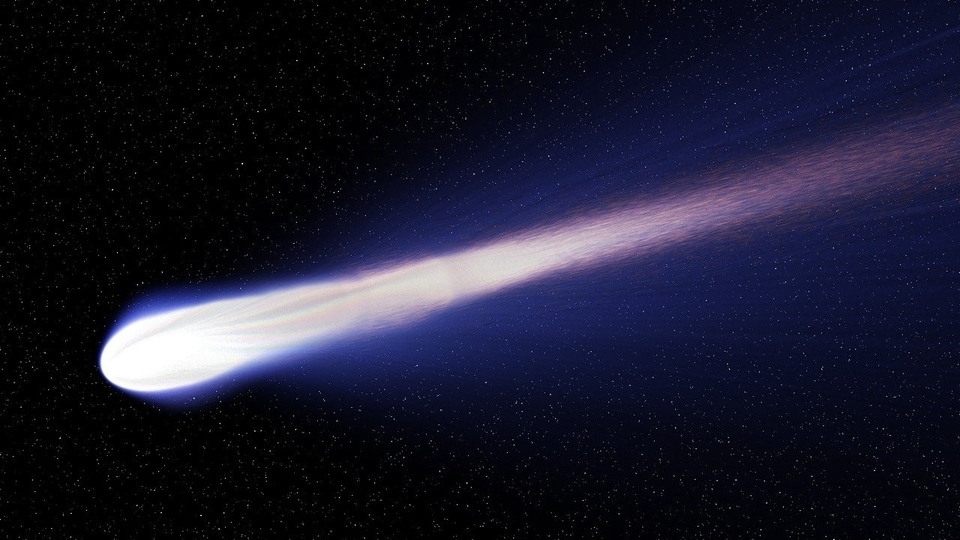
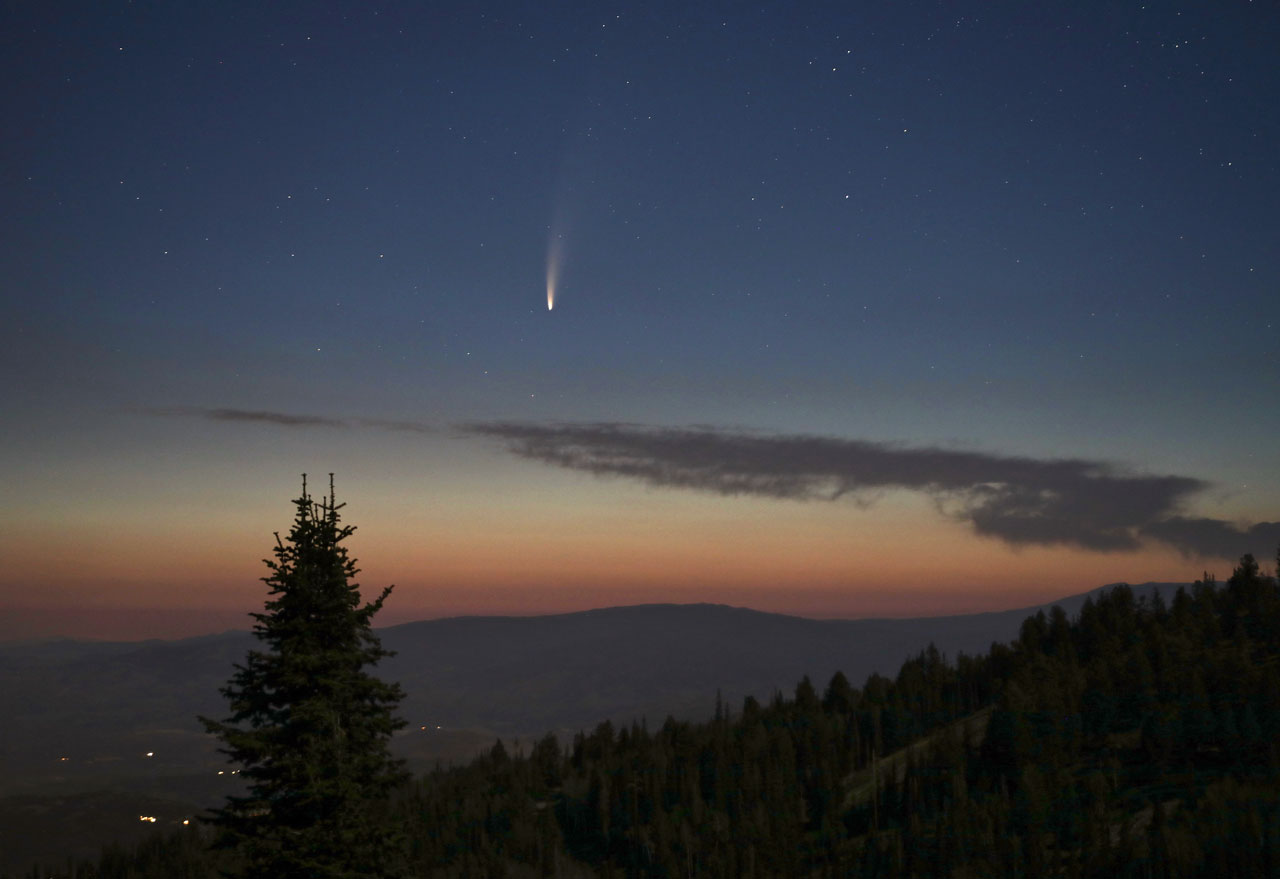
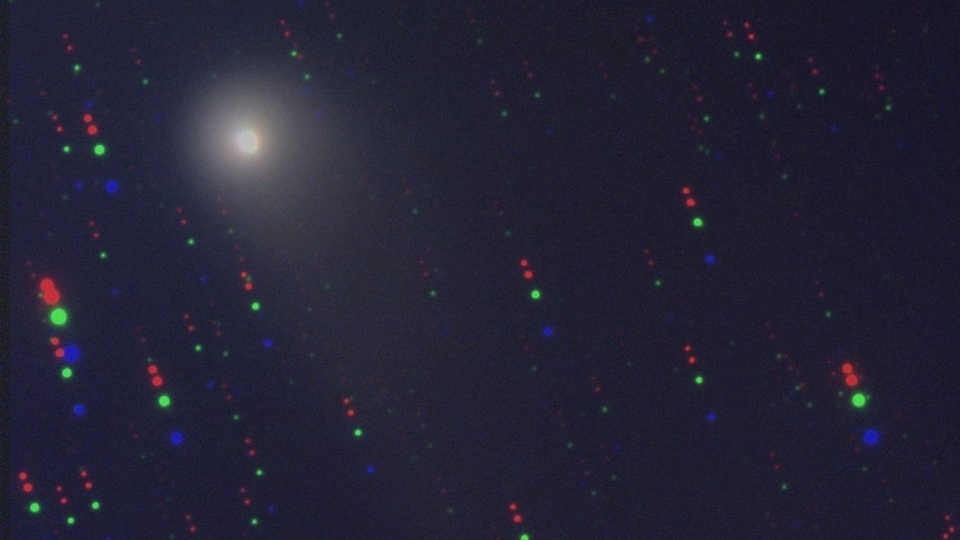
 View all Images
View all ImagesIn the first week of January 2023, India's highest observatory, the Himalayan Chandra Telescope (HCT) spotted the rare green comet called Comet C/2022 E3 (ZTF), which is making its closest approach after 50000 years. This unusual comet recently completed its orbit around the Sun and is now journey towards the Earth. It will come closest to Earth in Early February. And now, it has been announced that the Chandra Telescope has spotted its 2nd comet.
Now, within two weeks, the Chandra Telescope, placed atop Mount Saraswati in Ladakh spotted another comet while scanning the deep sky. It is Comet C/2020 V2 (ZTF) which has a wide coma and a short tadpole-shaped dust tail. It came from the Oort Cloud but will exit the solar system given its hyperbolic orbit.
"There is a second #comet visible these days, Comet C/2020 V2 (ZTF), which was photographed by our astronomers using the Himalayan Chandra Telescope at #Hanle, #Ladakh. This true colour image is made from 3 individual R, G, & B filter images. The images from 3 filters tracking the comet were taken and co-added by Margarita Safonova, Mulchand Kurre & Bharat Chandra," the Indian Institute of Astrophysics (IIA) tweeted.
Comet C/2020 V2 ZTF and the green comet were discovered by the Zwicky Transient Facility (ZTF). The Comet C/2020 V2 ZTF was first discovered in 2020 during the survey scan of the entire northern sky every two nights using an exceptionally wide-field CCD camera on the 48-inch Samuel Oschin Telescope at Palomar Observatory. SkyandTelescope revealed that this comet is "slowly brightening to a peak magnitude of about 9.0–9.5 in late January and again in late August–early September during its closest approach to Earth on September 17, 2023."
About India's Himalayan Chandra Telescope
The 2-m Himalayan Chandra Telescope (HCT) at the Indian Astronomical Observatory (IAO), Mt. Saraswati, Digpa-ratsa Ri, Hanle at an altitude of 4500 m (15000 ft) above mean sea level (MSL) is operated by the Indian Institute of Astrophysics (IIA), Bangalore. It was set up in 2000.
Catch all the Latest Tech News, Mobile News, Laptop News, Gaming news, Wearables News , How To News, also keep up with us on Whatsapp channel,Twitter, Facebook, Google News, and Instagram. For our latest videos, subscribe to our YouTube channel.


























